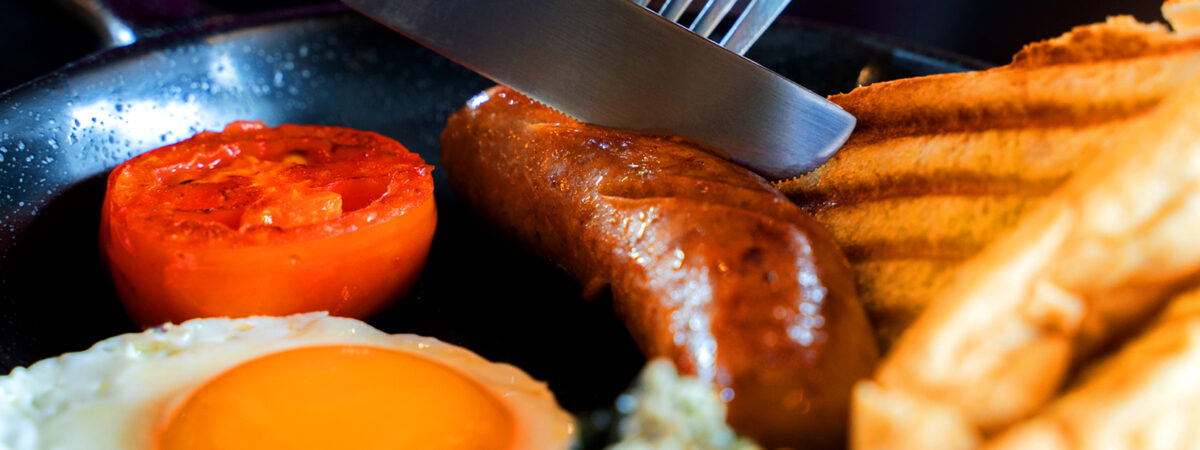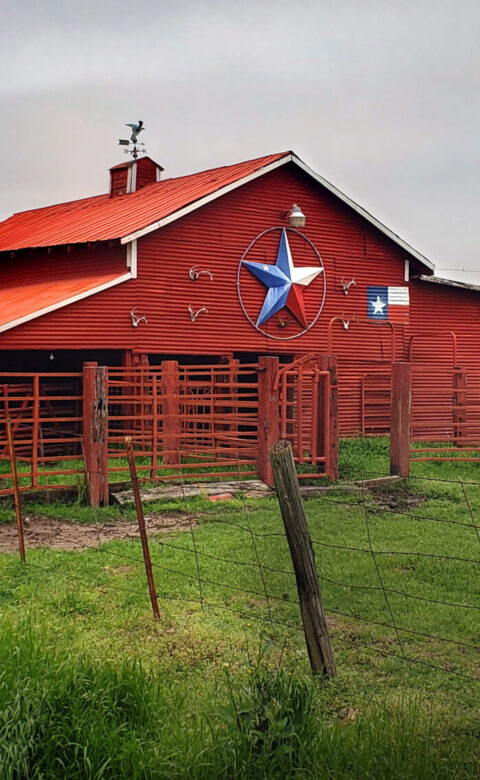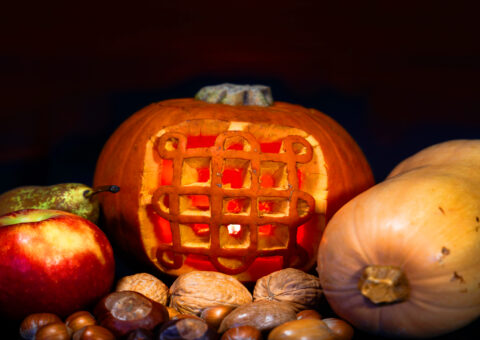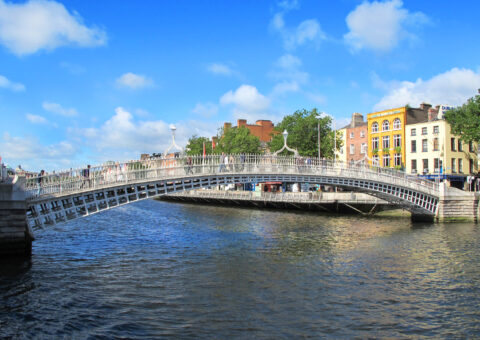It’s Sunday morning in Ireland: I’m awakened by the smell of something delicious happening in the house, as mouthwatering breakfast aromas float down the hallway and up my nostrils. There’s definitely a fry in my near future. I jump out of bed drawn by that intoxicating prospect, already salivating.
Our signature first meal of the day here has a local accent but is not entirely unlike its Scottish, Welsh or English counterparts – or even closer to home, the Northern Irish version known as an Ulster Fry. Though they have many elements in common, with plenty of overlap and debate over who truly has a claim to what, no two are identical and each has its distinctive quirks. In all cases, much of what’s on the plate is gloriously cholesterol-laden and unapologetically meaty.
I follow the sounds of pans banging and food sizzling in hot fat to the kitchen, popping in to say ‘good morning’ (but really taking a peek to check on progress). Rashers of thick-cut bacon, plump sausages, halved tomatoes and sliced mushrooms are all gently cooking on the hob.
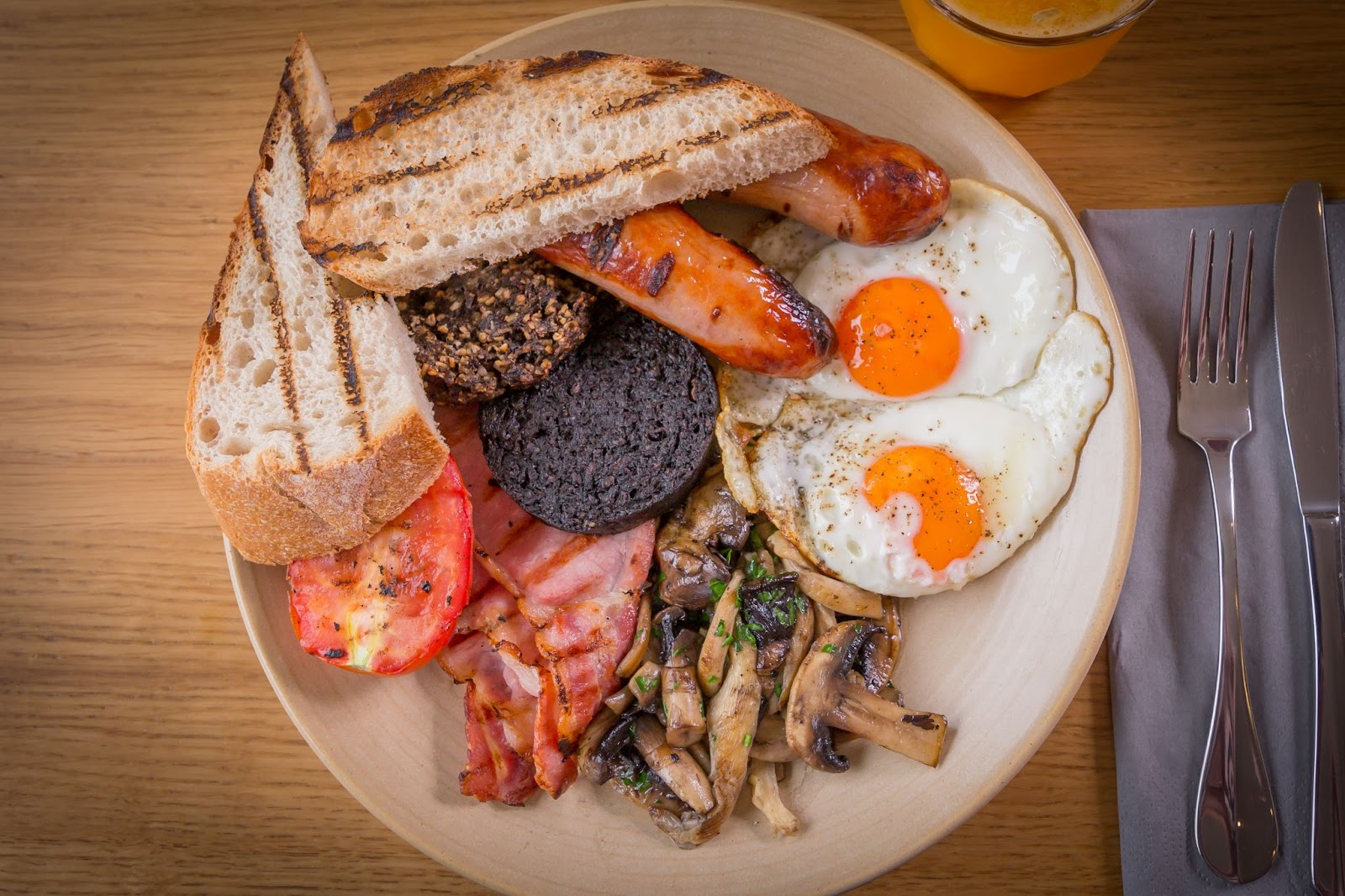
I grab a glass of freshly squeezed orange juice and hover in the vicinity, on standby should any supervision or taste-testing services be required. The kettle is merrily boiling, and the teapot is waiting to be filled. I spy a dozen eggs lined up in their carton, to be fried or scrambled at a later stage of breakfast development. But the sight that brings me the greatest joy is the dark and light rounds of sausage sliced and ready for cooking; black and white pudding, an essential addition to the full Irish spread.
The iron-rich black pudding gets its deep, dark colour from blood, while the white pudding has more of an oaty, gently spicy character, being entirely bloodless. Both considered a mainstay of any traditional breakfast, the commercially produced black pudding is older, with some popular Irish brands made to recipes harking back to the 1880s. Its pale sibling is a relative youngster; the more prevalent modern recipes only appeared in the 1980s.
You might think that all of the above would be enough for anybody. But wait… there’s more! Baked beans are another add-on, though that’s hotly contested; some say they’ve no place here and others claim that the full fry isn’t complete without them. And a hash brown or two wouldn’t go amiss in this land of dedicated spud devotees (shredded potatoes shaped into triangles, deep fried to a golden crunchy brown). Other forms of potato are also acceptable and not unwelcome.
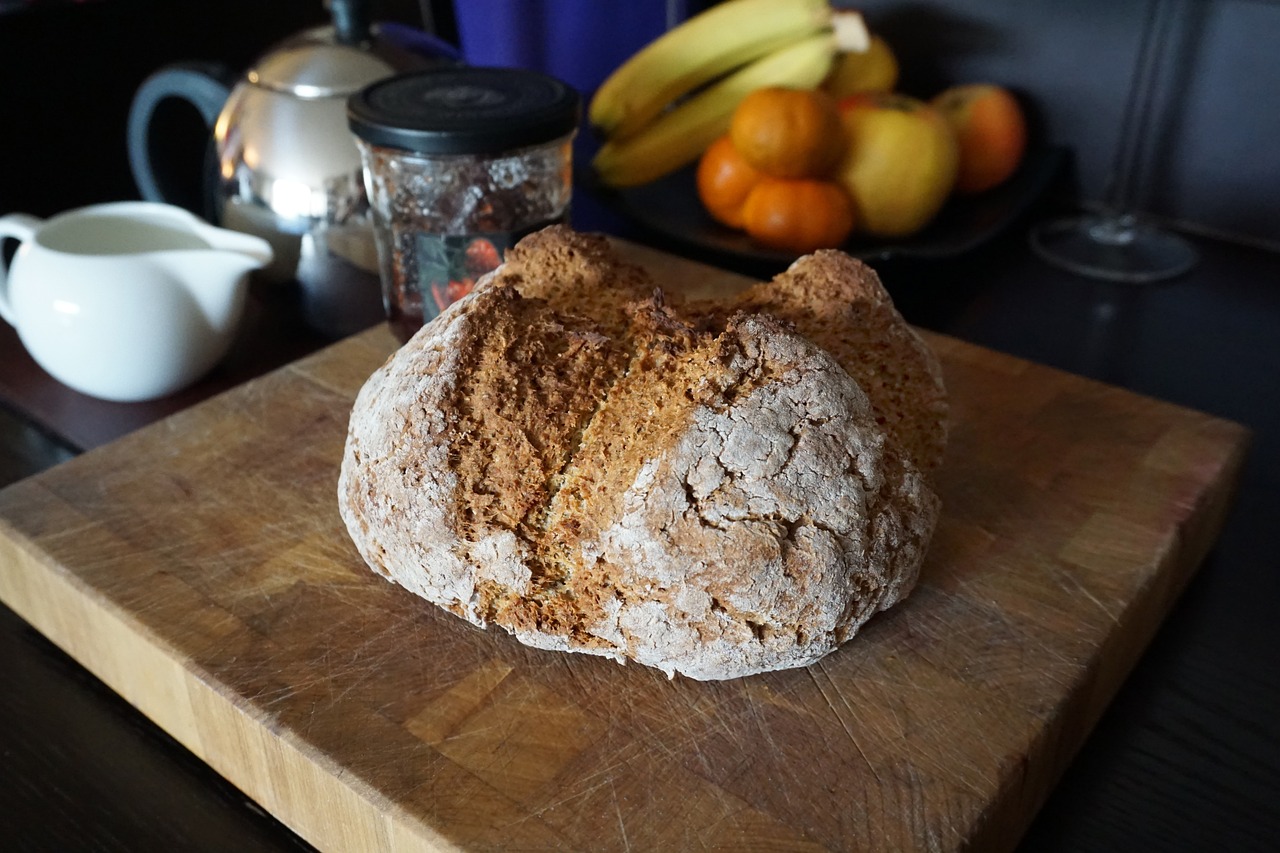
There’s still something missing though… ah, yes – the bread. I note that this morning, we have a choice of potato farls (made with mashed potato), some good auld sourdough toast, and soda bread. Bought still warm at the local bakery or fresh out of your own oven, it’s perfect for sopping up the juices on a breakfast plate.
Following the arrival of baking soda in the 1830s, this easy-to-make bread grew in popularity. It was quick, without the fuss or time-consuming addition of yeast. It used readily obtained local ingredients; Irish-grown wheat flour which wasn’t as suited to making yeasted bread anyway, and buttermilk. It was economical, removing the need to buy bread.
Above all it was simple to put together with no kneading, and straightforward to make at home, being cooked on a griddle if an oven wasn’t handy. For all these reasons, it became a staple, far more commonly found in country kitchens than anything store-bought. It’s also very tasty! White, wholemeal, with fruit or without, with nuts or seeds, with oats sprinkled on top, in the shape of a loaf or round… you can’t beat it.
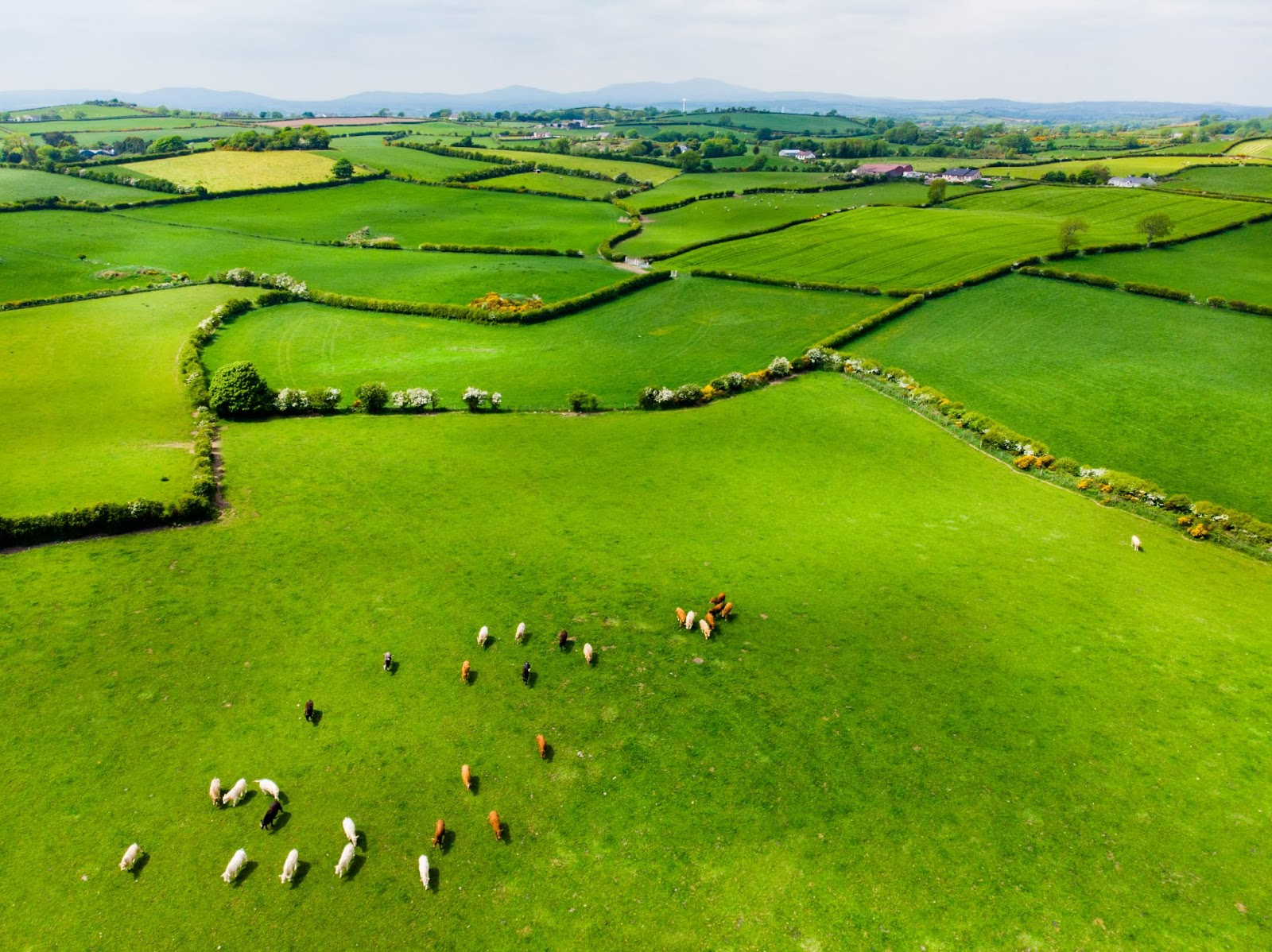
But as important as the choice of bread may be, what you decide to put on it is equally crucial. For most people here, lashings of Irish butter are a must. We’re renowned for our dairy products, and for good reason – our grass-fed cows produce rich, creamy milk, butter, yoghurt and cheese that are hard to match for quality and deliciousness. And with seemingly endless expanses of green pasturelands for these cows to munch on, it’s not hard to see why.
A dollop of rough-cut Seville orange marmalade or homemade jam completes the picture, with this enormous feed washed down by a few cups of strong tea. After working your way through a breakfast like this, you should be all set until evening rolls around. Being absolutely stuffed, you’ll likely be doing some rolling around – or lolling about – yourself.
But that’s enough rhapsodising from me about the wonders of an Irish fry. The tea is brewed, my three fried eggs are nearly done and everything else is already on the plate… it’s time for bricfeasta.
Ready for another tasty read?
- Travel with your senses to the Big Apple for a bagel
- Learn about The Gambia’s educational breakfast
- Warm up with a hearty start in Scotland
- Get a taste of Nova Scotia’s comforting repast
- Enjoy a plant-based morning feast in North Carolina

